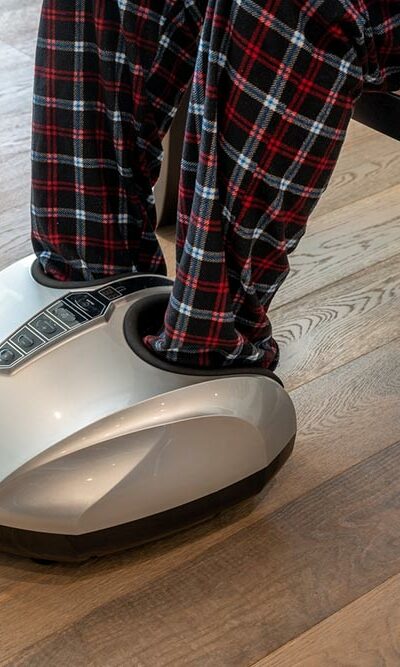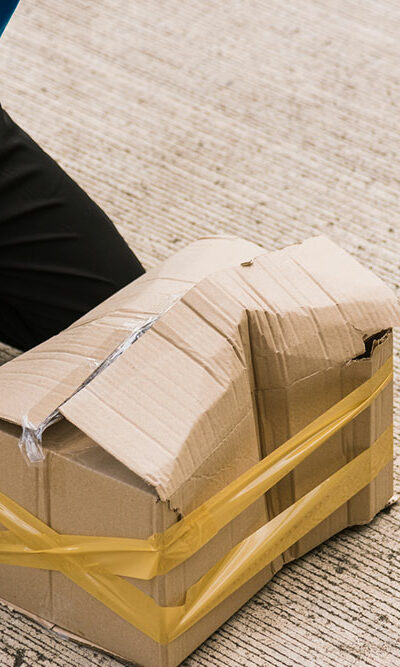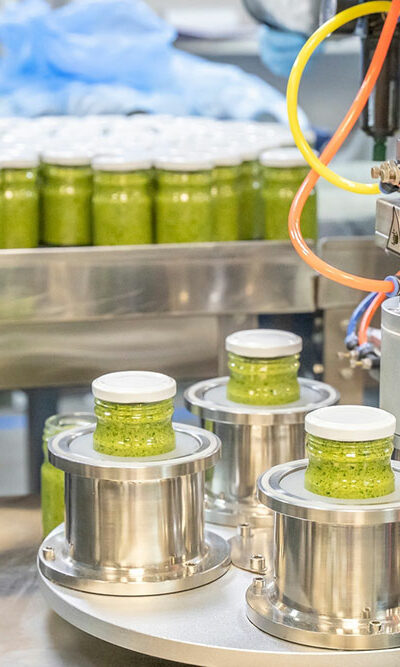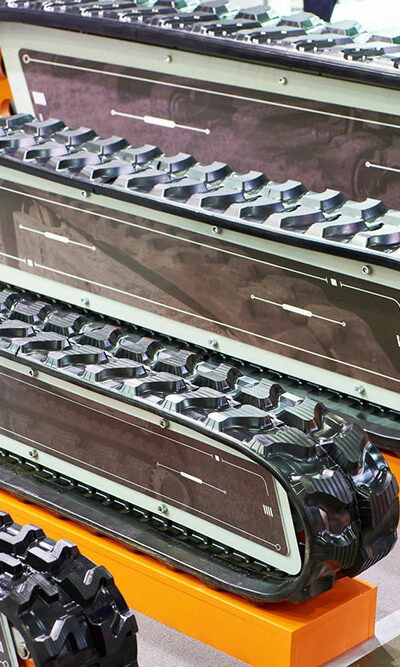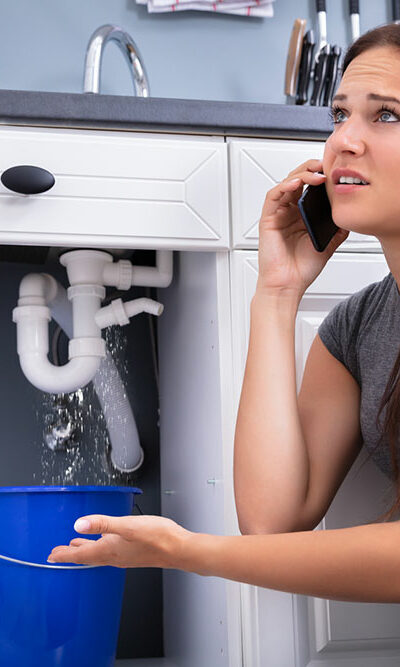
Top 3 hacks for trash bags and cans
Putting away the garbage accumulated in and around one’s house seems simple, but certain mistakes can make the task messy. For instance, imagine the trash bag slowly slipping into the can without anyone knowing or a swarm of insects festering at the mouth of the can and causing a lot of inconvenience. Using a trash can or bag will not be this hard if we employ the right tips and hacks. Creating an absorbent layer inside cans Many kinds of garbage are wet and perish quickly. Their moisture can occasionally seep from the garbage bag and damage the can and surrounding areas. To prevent this from happening, people can use newspapers or other absorbent materials to create a lining inside their garbage can. The absorbent material stops moisture from escaping the garbage can or bag and keeps the area clean and dry. Using bungee cords to keep trash bags from slipping into the cans The mouth of a garbage bag sometimes closes and drops into the can because it is slippery. This makes it hard for one to dump waste. To solve this problem, people can tie bungee cords around the mouth of their trash bags and securely tie them to the gaping hole of a garbage can. One should ensure the knots they tie are tight enough not to come off even when the can (and, by extension, the bag) is loaded. Using aromatic oils to mask smells Children tend to throw half-eaten cereals and other moist waste into garbage cans. These food items are rapidly perishable, so they decompose and give out a foul odor within no time. To keep the odor in check and prevent it from giving one’s entire house or basement an inherent stench, people can put a few drops of essential oil into the can.

